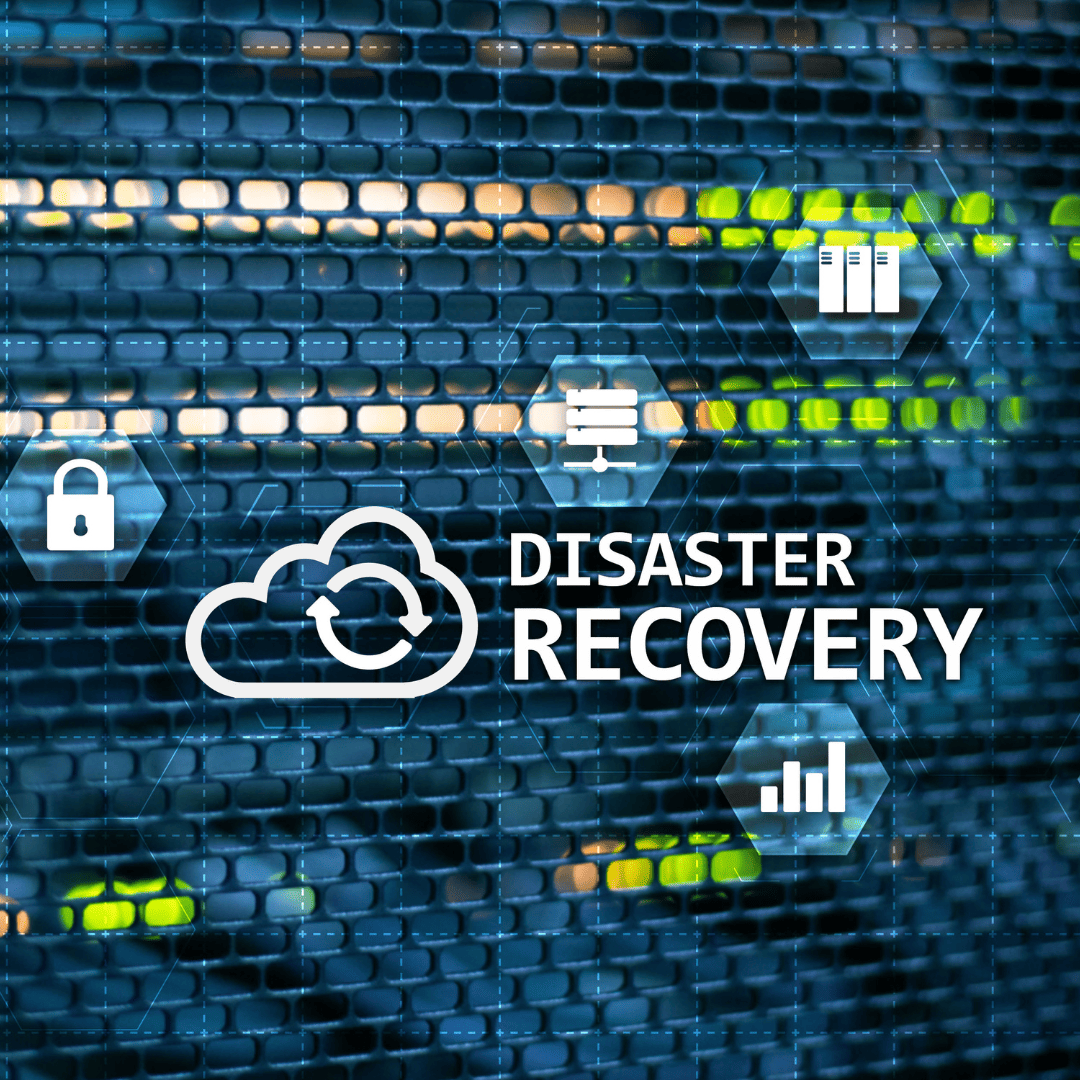Backup and Disaster Recovery: Safeguarding Business Continuity
January 12, 2024
In today’s digital age, data is the lifeblood of businesses. From critical documents and customer information to financial records and proprietary software, data fuels operations and drives growth. However, this invaluable resource is vulnerable to various threats, including cyberattacks, natural disasters, hardware failures, and human errors. This is where Backup and Disaster Recovery (BDR) plans, such as those offered by CMIT Solutions of San Marcos and New Braunfels, enter the stage, becoming imperative for businesses of all sizes.
The Importance of BDR
Imagine a scenario where your business falls victim to a ransomware attack, leaving your data encrypted and inaccessible. Or picture a sudden server failure that results in the loss of critical customer orders. Without a robust BDR plan in place, such situations can quickly turn into a nightmare, potentially causing significant financial losses and damaging your reputation.
BDR is the proactive strategy that ensures your business can navigate these challenging scenarios with resilience and minimal downtime. Here’s why it’s essential:
- Data Protection: BDR involves regular and automated backups of your data. These backups are stored securely, allowing you to recover your information in the event of data loss, whether due to cyber threats or other mishaps.
- Business Continuity: When disaster strikes, time is of the essence. BDR ensures that you can swiftly restore operations and maintain business continuity, preventing extended downtime that could cripple your business.
- Cost Savings: The cost of data recovery and downtime can be substantial. BDR helps you avoid these expenses by providing a reliable means to recover your data and systems.
- Protecting Reputation: Customers trust businesses that safeguard their data. A robust BDR plan not only protects your operations but also your reputation.
Components of BDR
A comprehensive BDR plan typically includes the following components:
- Regular Backups: Automated and regular backups of critical data and systems.
- Offsite Storage: Storing backups in secure, offsite locations to protect against on-premises disasters.
- Data Encryption: Ensuring data is encrypted both during transmission and storage.
- Testing and Verification: Regular testing and verification of backup systems to ensure their reliability.
- Disaster Recovery Plan: A documented plan outlining steps for data recovery and system restoration in the event of a disaster.
6. Employee Training: Educate employees about the BDR plan and their roles during recovery efforts.
The Bottom Line
In an era where data is king, businesses cannot afford to overlook the importance of BDR. It’s not a luxury but a necessity. Establishing a robust BDR plan, with the help of CMIT Solutions of San Marcos and New Braunfels, ensures that your business is prepared for the unexpected, from cyberattacks to natural disasters. It safeguards your data, your operations, and your reputation, ultimately securing your path to continued success. Don’t wait for a disaster to strike—prioritize BDR today with CMIT Solutions of San Marcos and New Braunfels for a resilient tomorrow.




